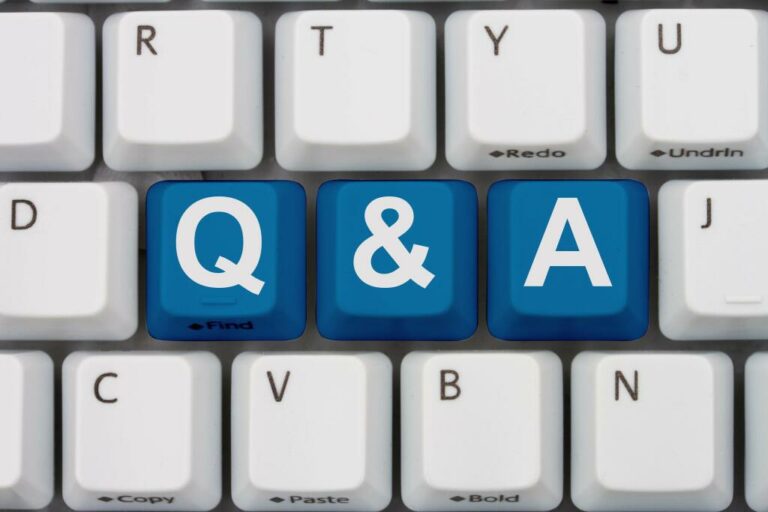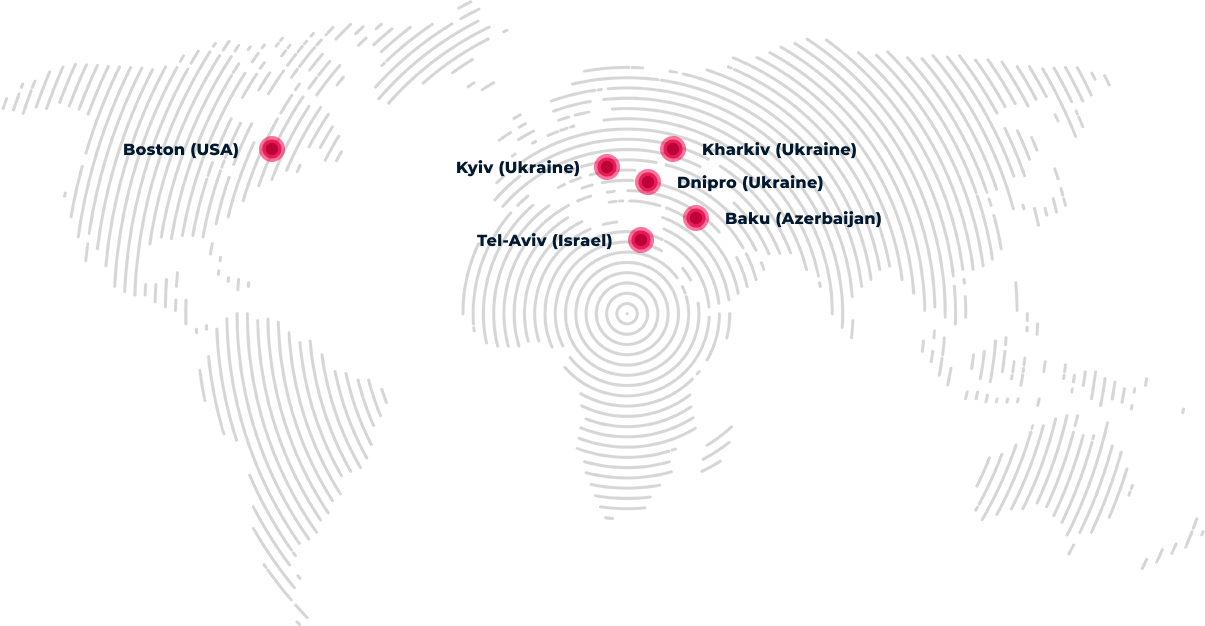Content
The second stage of group development is known as the storming stage. The storming stage is where conflict and competition are at its greatest. Such issues can relate to things like the group’s tasks, individual roles and responsibilities or even with the group members themselves. Stage two of five is considered the most critical but also the most difficult to go through.

Draw a simple four-stage diagram and ask each person to place a dot or sticky note next to the stage they think the team is at. End-to-end Demo – A visual representation of the final product or experience makes it easy for stakeholders to provide early feedback. As you repeat this exercise over time, it’ll become higher fidelity and help your team see they’re making progress. In the past, we would look to HR or our boss’ boss for guidance. While those people are still available when we need them, we usually don’t. Most teams today work according to the principles of the agile movement.
By now team members work together easily on interdependent tasks and are able to communicate and coordinate effectively. There are fewer time-consuming distractions based on interpersonal and group dynamics. For this reason, motivation is usually high and team members have confidence in their ability to attain goals. As a team leader your job is to help your team reach and sustain high-performance. Here’s a checklist to make sure you’re progressing your team through the stages of forming, storming, norming and performing. After working through the significant issues, the group begins to coalesce and actually work as a team, supporting each other, and this is known as the Norming stage.
Stage 2: Storming
The last thing you want to experience is team members who de-value one another or collectively fall behind. It’s been a few weeks, and your team has gotten to know one another. The problem is, they’re coming up against harsh deadlines, and mistakes have been made along the way.
Performing is the stage of team development when team members have productive relationships and are able to communicate and coordinate effectively and efficiently. The forming, storming, norming and performing model of team development. Today Public Health Departments are employing the teaming concept on a regular basis to make quality improvements to their critical processes. Team leaders and managers need to understand how teams mature and when to intervene when things are not progressing as desired.
Stage 2: Storming (People Start Butting Heads)
Some teams will never develop past this stage; however, disagreements within the team can make members stronger, more versatile, and able to work more effectively together. Supervisors during this phase may be more accessible, but tend to remain directive in their guidance of decision-making and professional behaviour. The team members will therefore resolve their differences and members will be able to participate with one another more comfortably. The ideal is that they will not feel that they are being judged, and will therefore share their opinions and views. Following the team’s forming, the storming stage of group development takes place. Also called the power struggle phase, group members often experience conflict and competition between one another as ideas are formulated and methods of performing a task are disagreed upon.
When your team has grown through the stages of team development they establish a state of “flow”. This means they understand how to work together in a cohesive way that helps them reach their goals. Timothy Biggs suggested that an additional stage be added of “norming” after “forming” and renaming the traditional norming stage “re-norming”.

Group development relates to the predictable stages of growth and change experienced by every group over time. Bruck Tuckman’s Stages of Development model aims to outline and explore the most crucial steps in the group development process and their effect on everyone involved on the team. As the name implies, the Storming stage of team development involves some conflict. Group members may compete with each other for areas of responsibility and/or specific tasks.
Team Development Stage 1 – Forming
This leads to a period known as storming—because it can involve brainstorming ideas and also because it usually causes disruption. During the storming stage members begin to https://globalcloudteam.com/ share ideas about what to do and how to do it that compete for consideration. Team members start to open up to each other and confront one another’s ideas and perspectives.
God Of War Ragnarok Devs Thought The Game Was “Not Good” Just Three Months Ago, Director Says – GameSpot
God Of War Ragnarok Devs Thought The Game Was “Not Good” Just Three Months Ago, Director Says.
Posted: Tue, 08 Nov 2022 19:14:36 GMT [source]
As you do this, you recognize clear and consistent points with each team member and the benefits of hosting a team retrospective. This is a concept that psychologist Bruce Tuckman came up with to properly understand the progress of various teams and the development of key contributors. Remove obstacles by coordinating tightly with adjacent and upstream teams.
See why top CEOs trust Rhythm to align their teams
A “can do” attitude is visible as are offers to assist one another. Roles on the team may have become more fluid, with members taking on various roles and responsibilities as needed. Differences among members are appreciated and used to enhance the team’s performance. During the Norming stage, members shift their energy to the team’s goals and show an increase in productivity, in both individual and collective work. The team may find that this is an appropriate time for an evaluation of team processes and productivity. The most commonly used framework for a team’s stages of development was developed in the mid-1960s by Bruce W. Tuckman.

Behaviors during the Norming stage may include members making a conscious effort to resolve problems and achieve group harmony. There might be more frequent and more meaningful communication among team members, and an increased willingness to share ideas or ask teammates for help. Team members refocus on established team groundrules and practices and return their focus to the team’s tasks.
Team members feel ambiguous and conflict is avoided at all costs due to the need to be accepted into the group. Team members look to a group leader for direction and guidance, usually CORAL project guides. Tuckman’s original work simply described the way he had observed groups evolve, whether they were conscious of it or four stages of team development not. In CORAL, the real value is in recognizing where a team is in the developmental stage process, and assisting the team to enter a stage consistent with the collaborative work put forth. In the real world, teams are often forming and changing, and each time that happens, they can move to a different Tuckman Stage.
As a result, you’ll establish yourself as a leader of a team rooted in transparency and trust while you communicate clear expectations and team principles. When your team learns more context about what’s required of them in this stage, they’ll feel more confident. Understand your people’s needs and make team management your greatest strength. After the internal conflicts have been resolved, the team members begin to exhibit a sense of cohesion and are more comfortable with one another. They begin sharing their ideas and giving feedback to one another, increasing the group’s overall creativity.
Stage 2: Storming Into Authentic Connections
The storming stage of group development may be compared to living with a roommate for a short time and beginning to realize the differences in how tasks are carried out between each person. In the Performing stage, the team begins to work individually and together as needed to make progress on planned tasks. The leader’s role in this stage of team building should be less involved if the team has been given clear direction. In moving forward, the team members may realize responsibilities, processes, and/or structures need to be adjusted on the fly, especially in a startup.
Track the time you spend on individual tasks, to build daily and weekly reports of the time you spend on the project. You can then further analyze your reports to see how much time you need to finish individual project tasks and whether there is room for improvement in that time. As a natural consequence of it all, your project is bound to progress at a steady rate — mismatched, uncompromising teams can only produce incomplete, confusing projects.
Chiefs of StaffTrack key takeaways from executive meetings, enhance alignment across scaling teams, and amplify the CEO’s communication to help the company flourish. SolutionsMeeting agenda softwareCollaborate on meeting agendas, assign action items, and ask for meeting feedback. As with any new situation, most people are on their best behavior. They are polite and a little reserved and may not share their true feelings or concerns. Trying to figure out how they fit into the situation can cause anxiety. Having a review meeting at the end of your project can be a really productive – and possibly even cathartic!
- Gallup have been studying relationships at work for over thirty years and their research has consistently found that having a best friend at work leads to better performance.
- The storming stage of group development may be compared to living with a roommate for a short time and beginning to realize the differences in how tasks are carried out between each person.
- Let’s say your team is working on a project to make it easier for users to navigate your product.
- Group behaviour is a situation where people interact in large or small groups.
- Use a collaboration tool like Teamwork Spaces to organize and store your documentation.
Not only are you proud of the team development they’ve exemplified, but you’re also proud of their individual capacity to stay in integrity with the quality of their work. Remote teams A simple platform that tells you how remote teams really feel, and fosters action-oriented 1-on-1 conversations. Alignment Get your people in the same mindset with OKR goals and 1-on-1 meetings. In agile software development, high-performance teams will exhibit a swarm behavior as they come together, collaborate, and focus on solving a single problem.
STORMING
As a new project phase starts new teams are formed and the members will go through the stages. New team members joining established teams will go through a very personal version of the stages as they settle in. After the team members have moved past the forming, storming, and norming stages of group development, they can finally produce work and rely on team members for support.
Book your personalized demo
Teams may begin to develop their own language or inside jokes. Crossed wires and missed connections – good communication among teams is tablestakes for effective teamwork. Get best practices and sound advice on how to create understanding and work together better.
Norming
The forming → storming → norming → performing model of group development was first proposed by psychological researcher Bruce Tuckman in 1965. Working in a team or group is a complex process characterized by 5 distinct stages. It’s best that you use each stage to learn and understand something new about your teammates and work on improving your workflows. Then, use this knowledge to help you overcome problems and reach your project goals with success. Time, the right sort of support, and clear leadership all work together to move the new team to the point where important questions start to emerge. There is a misconception that an effective team can be based on their maturity, their age or even if they have been working in the same organisation and/or group for a significant period of time.
